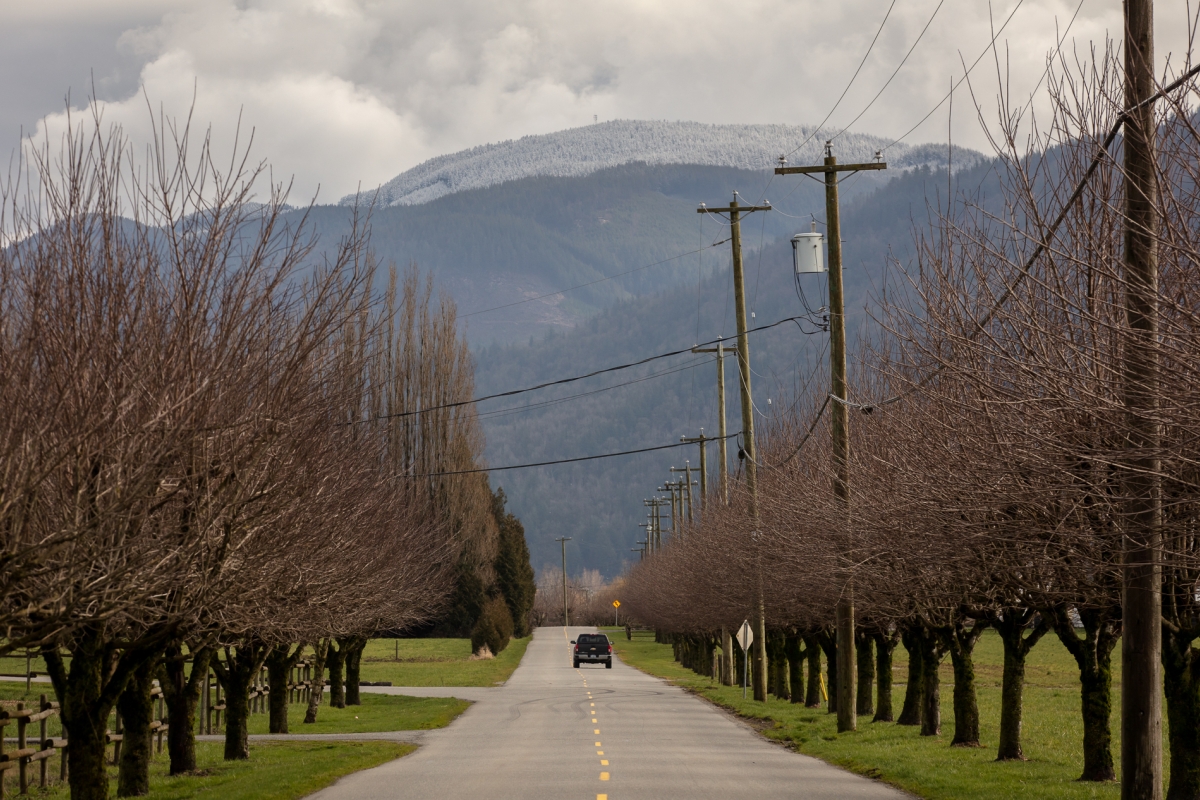Provincial Overview
British Columbia is Canada’s westernmost province. It is bordered by Yukon to the north, Alberta to the east, the United States to the south and the Pacific Ocean and the Alaska Panhandle to the west. The province includes Vancouver Island and Haida Gwaii, as well as numerous other smaller islands.







Key Facts
- B.C.’s population is highly concentrated in urban areas. According to the last census, 85 per cent of the population lives in urban areas of B.C.
- Around 60 per cent of B.C.’s population resided in Mainland/Southwest. About 67 per cent of the province’s population was of working age (15–64 years old), ranging from a low of 63 per cent in Thompson-Okanagan to a high of 69 per cent in Mainland/Southwest in 2016.
- In 2019 B.C.’s unemployment rate was 4.7 per cent, which is lower than Canada’s unemployment rate of 6.9 per cent.
- About 80 per cent of employment in the province was in the Services sector, including 15 per cent in Wholesale and Retail Trade and 12 per cent in Health Care and Social Assistance.
- Construction (9 per cent of total employment) and Manufacturing (6 per cent) accounted for most of the employment in B.C.’s Goods sector. Less than 3 per cent of B.C.’s jobs were in Agriculture and Other Primary industries.
Labour Market Statistics
Discover data, facts and information that have been gathered and analyzed. Learn about the characteristics of the economy and labour market in B.C.
Employment
Total B.C. Employment (2024)
2,915,704| Full-time employment (average): | 80% |
| Part-time employment (average): | 20% |
Employment by Region







| Region | Full-time Employment Rate
Employment rate refers to the percentage of the population 15 years and older that are employed in full-time or part-time work.
|
Part-time Employment Rate |
|---|---|---|
| Cariboo | 82% | 18% |
| Kootenay | 78% | 22% |
| Mainland/Southwest | 81% | 19% |
| North Coast and Nechako | 83% | 17% |
| Northeast | 84% | 16% |
| Thompson-Okanagan | 77% | 23% |
| Vancouver Island/Coast | 77% | 23% |
| B.C. Average | 80% | 20% |
B.C. Unemployment Rate (2024)
Unemployment rate refers to the percentage of the population 15 years and older that are not employed.
5.6%
10-year Unemployment Rate in B.C.
Labour Market Outlook
The B.C. Labour Market Outlook is a 10-year forecast of the expected supply and demand for labour in the province. It’s usually updated every year. The purpose is to provide British Columbians with the knowledge to make informed decisions on careers, skills training, education and hiring.
Total Forecasted Job Openings (2025-2035)
1,051,990Forecasted Job Openings
Composition of Job Openings
Industry Highlights
Learn about the opportunities in B.C.'s major industries, including employment trends, earning potential, locations of work and more.
Employment by Industry
| Industry | % Share of Employment for this Industry | Sector |
|---|---|---|
| Accommodation and Food Services | 6.4% | Services |
| Agriculture and Fishing | 0.6% | Goods |
| Business, Building and Other Support Services | 3.2% | Services |
| Construction | 8.5% | Goods |
| Educational Services | 7.5% | Services |
| Finance, Insurance and Real Estate | 6.3% | Services |
| Forestry, Logging and Support Activities | 0.5% | Goods |
| Health Care and Social Assistance | 14.1% | Services |
| Information, Culture and Recreation | 5.1% | Services |
| Manufacturing | 6.1% | Goods |
| Mining and Oil and Gas Extraction | 1.3% | Goods |
| Professional, Scientific and Technical Services | 10.3% | Services |
| Public Administration | 5.3% | Services |
| Repair, Personal and Non-Profit Services | 4.1% | Services |
| Retail Trade | 11.2% | Services |
| Transportation and Warehousing | 5.4% | Services |
| Utilities | 0.6% | Goods |
| Wholesale Trade | 3.5% | Services |







